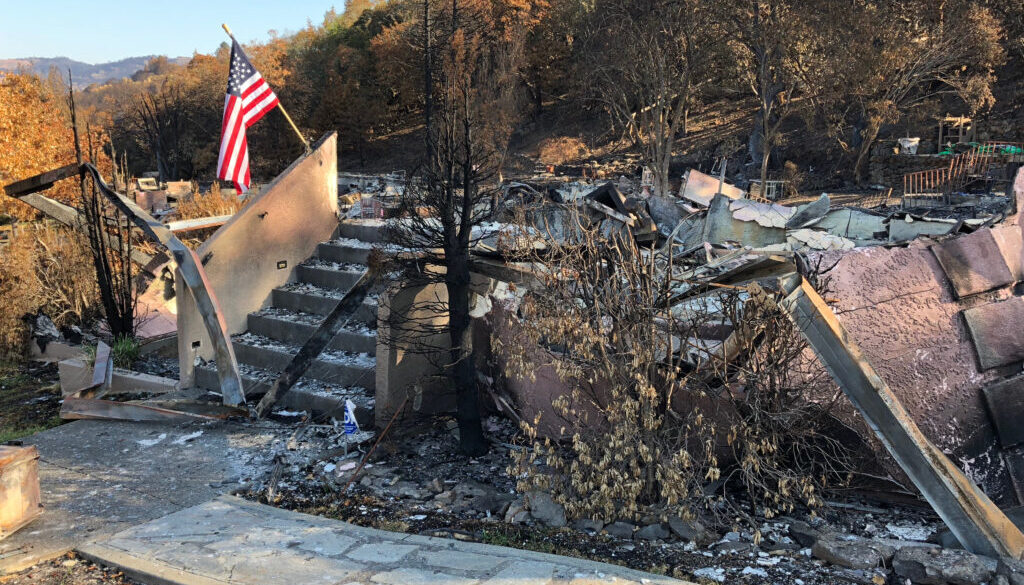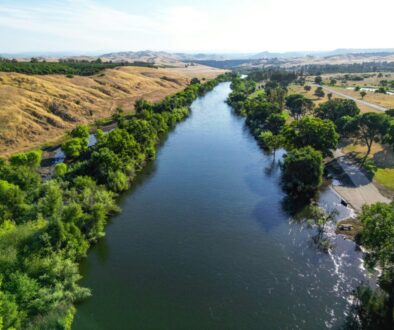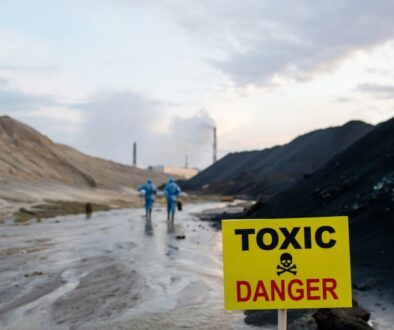Postcard from California: The climate crisis has become a home insurance crisis
By Bill Walker
 It’s an ominous sign of how the climate crisis is hitting ever closer to home: Because of the heightened risk of catastrophic wildfires, the two leading U.S. homeowners insurance companies no longer offer new policies in California.
It’s an ominous sign of how the climate crisis is hitting ever closer to home: Because of the heightened risk of catastrophic wildfires, the two leading U.S. homeowners insurance companies no longer offer new policies in California.
Last month, State Farm, which insures 1 in 5 California homes, announced it would immediately stop selling new home and business property and casualty policies to avoid “rapidly growing catastrophe exposure.” Days later, Allstate, the fourth-largest insurer in the state, confirmed it had quietly stopped writing new California policies last year, because wildfires had driven the cost of insuring and rebuilding homes “far higher” than it could recoup from customers.
Current State Farm and Allstate policyholders are still covered – at least for now. State data show that since 2017, insurers have cancelled or declined to renew almost 1 million homeowner policies, most in areas at high risk of wildfire. Some companies that specialize in insurance for high-end, multimillion-dollar homes have pulled out of the California market altogether.
Californians have always lived with the ever-present threat of wildfire, but the eight worst wildfires in the state’s history have all burned in the last five years. In that period, wildfires have burned more than 11 million acres in California, destroying or damaging more than 50,000 homes and other buildings. Insurance industry researchers say that in 2017 and 2018, two of the worst fire years, combined insured property losses totaled $33 billion.
The risk is only going to get worse.
Climate scientists say that in coming decades – even under the most optimistic scenarios – higher temperatures, drought and other conditions linked to global warming mean California will suffer more, more intense, and bigger wildfires. A recent University of California at Irvine study projects that by midcentury the average acreage burned each year could increase by half. More than one-fourth of Californians already live in areas of heightened fire danger, and the cost and scarcity of housing is pushing more and more people to move from relatively safe coastal cities to riskier inland counties.
After State Farm’s announcement, the real estate blog Curbed declared: “California Is Becoming Uninsurable.” In the article, Los Angeles-based housing journalist Alissa Walker wrote: “The largest property-insurance company in the country retreating from the country’s largest property-insurance market isn’t just an inconvenience for potential homeowners — it’s a sign of what’s to come.”
The California Department of Insurance says more than 100 insurance companies still offer homeowners policies in the state. And the state has set up its own program for residents in high-risk areas who can’t find other coverage.
California’s Fair Access to Insurance Requirements (FAIR) Plan is funded by a pool private insurance companies must pay into. It’s meant to be the insurer of last resort, but enrollment has increased by 70% since 2019, to more than 270,000 homes last year.
It’s similar to state insurance plans in other places vulnerable to climate-linked disasters– such as Florida, which most national insurers have abandoned due to the increased frequency and intensity of hurricanes. Florida’s Citizens Insurance now covers 1 in 6 homeowners in the Sunshine State. But the public plans are expensive, their coverage is limited, and insurance industry analysts say they may not hold enough reserves to handle the more destructive wildfires, hurricanes and flooding coming.
In California, unlike in some other states, insurance rates must be based on records of past losses – “normal” patterns that no longer hold in a changing climate. The policy freezes by State Farm and Allstate are partly tactics to pressure state regulators to let the companies set rates based on models predicting future fire patterns.
Across the country, the average homeowners insurance bill has risen more than 20% since 2015.
A recent op-ed for The New York Times by economist Benjamin Keyes of the University of Pennsylvania’s Wharton School warned: “Your Homeowners’ Insurance Bill is the Canary in the Climate Coal Mine.” He wrote that the burden of more-costly insurance will be borne not just by homeowners in high-risk areas, but “policyholders who live well out of harm’s way.”
Is that fair – or wise?
Should Californians in places relatively safe from wildfire pay more so that others can live among densely wooded forests where a fallen power line or lightning strike can spark an inferno? If skyrocketing insurance premiums force some homeowners in fire-prone areas to forgo coverage, as a growing number are, when disaster strikes, should taxpayer-funded relief programs cover the cost of rebuilding – even if future fires are inevitable?
Or maybe California should not allow more people to live in high-risk fire areas in the first place.
Two years ago, State Sen. Henry Stern of Los Angeles introduced a bill to prohibit residential development in designated “very high fire hazard severity zones” and provide an incentive for building outside fire hazard zones. The bill died after its first committee hearing.
State officials have gone to court to challenge some housing developments in fire-prone areas. But California faces a severe housing crisis, and it’s cheaper to build and buy houses in inland counties than in pricey coastal cities.
Still, the increasing impacts of climate change – more wildfires, flooding, sea level rise and water scarcity – may force a reckoning: Not only prohibiting new development in risky places, but relocating existing homes, or entire communities, to safer ground. Today’s home insurance crisis is a harbinger of a harsher future.
(Featured Image: Remains of a house in Santa Rosa, California after 2017 wildfires. Photo by Frank Schulenburg, CC BY-SA 4.0 via Wikimedia Commons).
(Opinion columns published in The New Lede represent the views of the individual(s) authoring the columns and not necessarily the perspectives of TNL editors.)
 EWG
EWG


